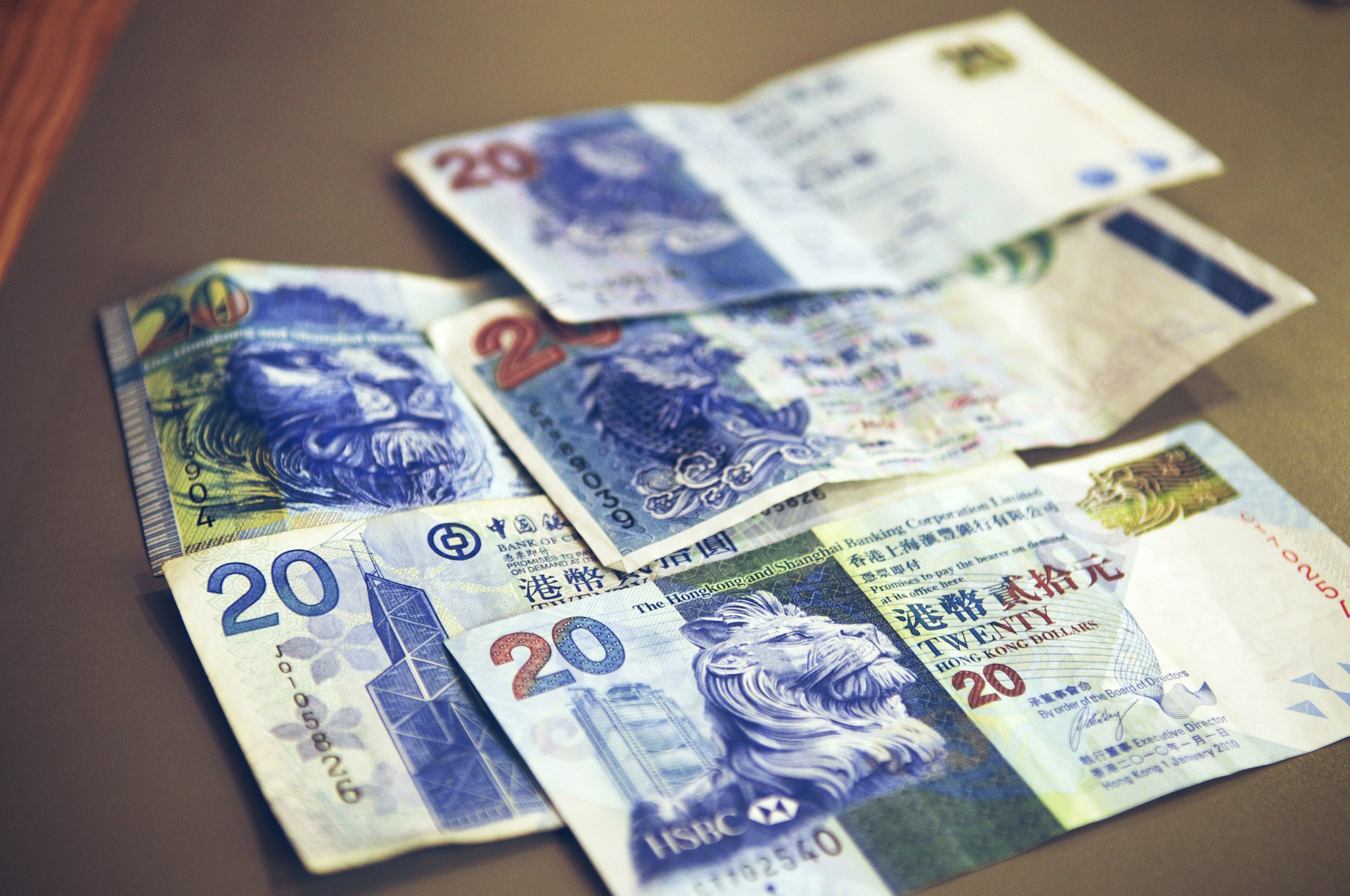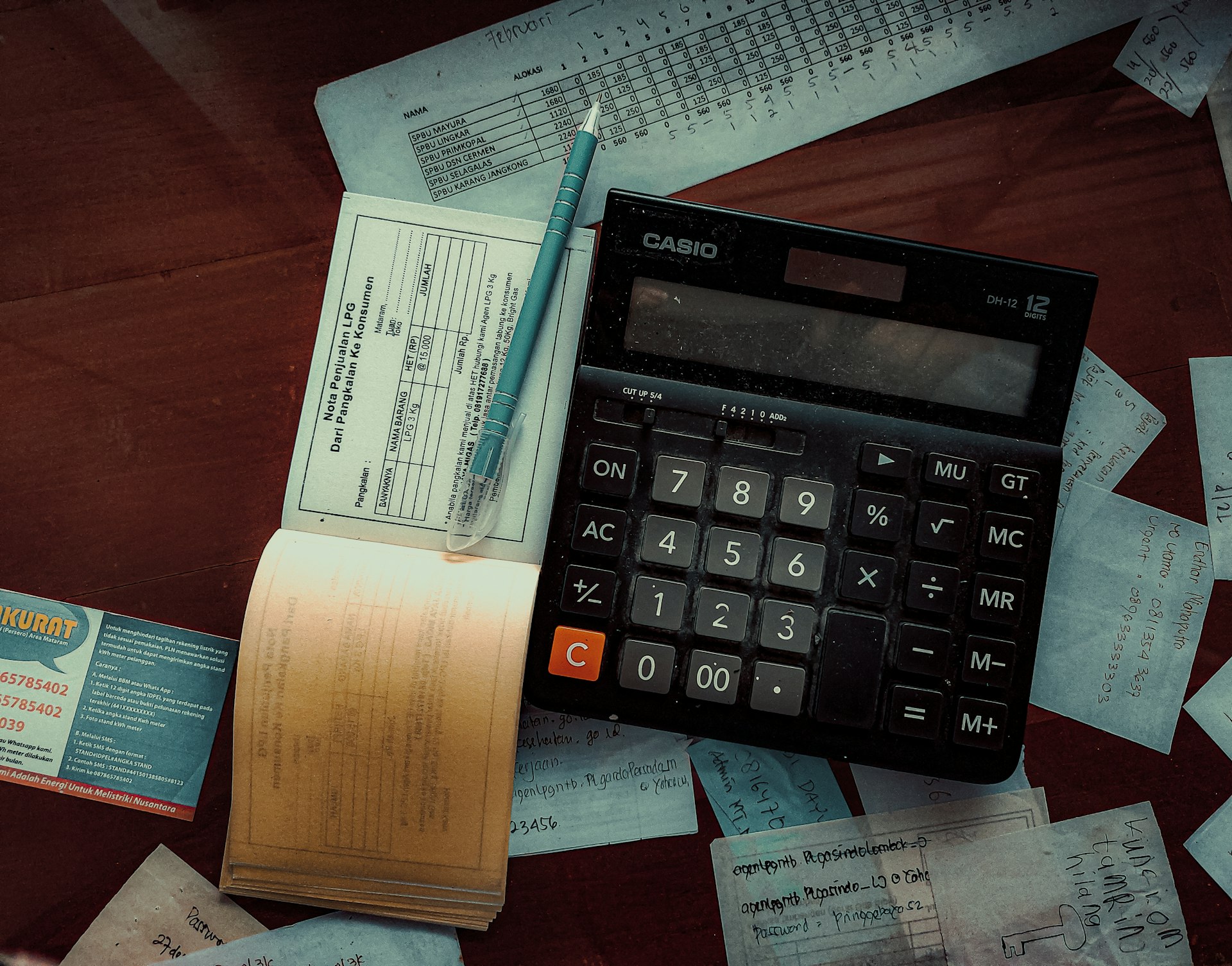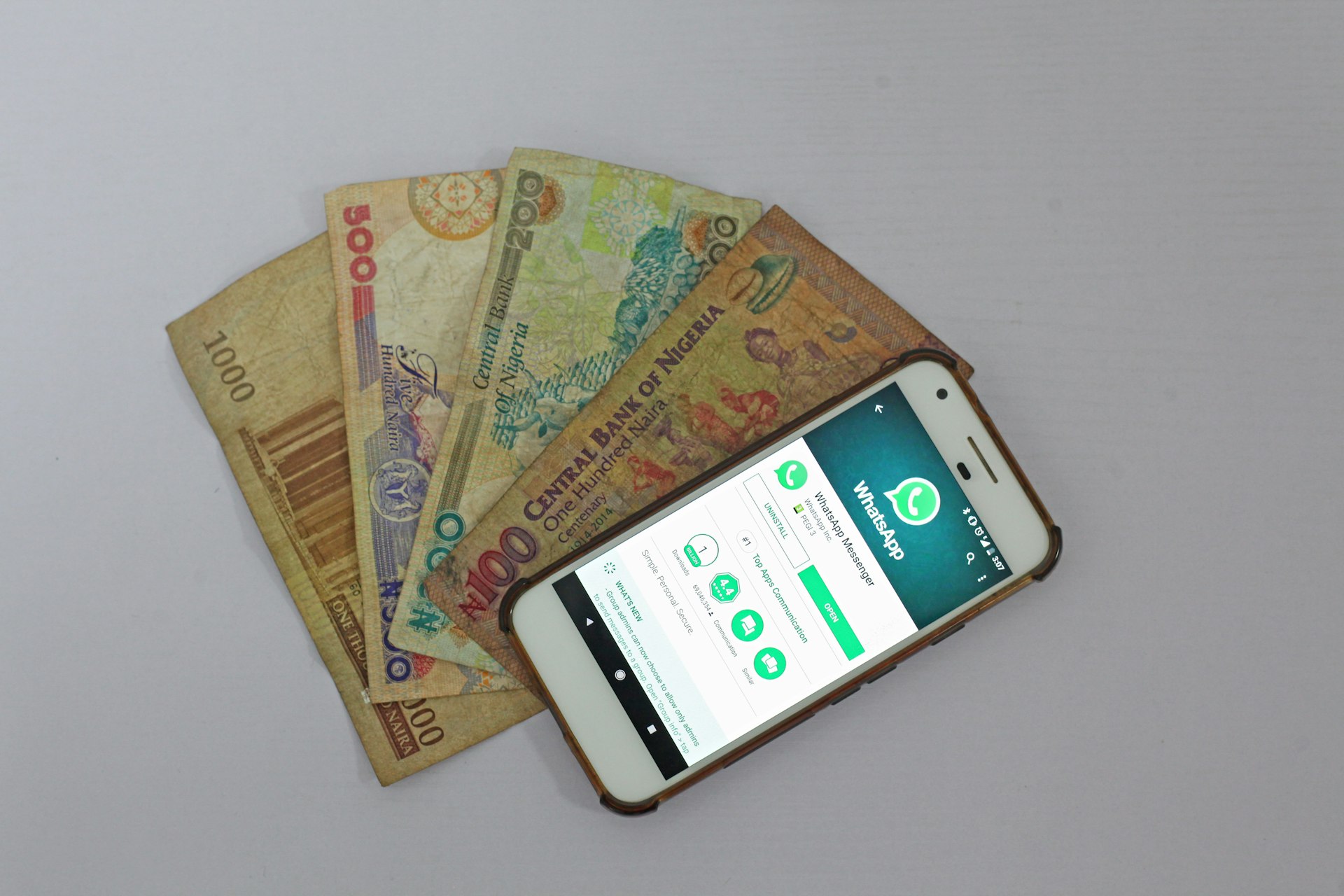Building Financial Security: Why Emergency Savings Accounts Matter

Photo by Katie Harp on Unsplash
Understanding Emergency Savings Accounts
Life is full of surprises-some pleasant, others costly. Medical bills, car repairs, sudden job loss, or urgent household expenses can disrupt even the most carefully planned budgets. Emergency savings accounts are designed to help you handle these unexpected events without derailing your financial future. By setting aside funds specifically for emergencies, you create a financial safety net that can offer both immediate relief and long-term peace of mind [4] .
The Critical Importance of Emergency Savings
Having an emergency fund is more than just a good idea-it’s a cornerstone of financial health. Here’s why:
- Prevents High-Interest Debt : When unplanned expenses arise, people without savings often turn to credit cards or payday loans, which can carry steep interest rates and lead to a cycle of debt. An emergency fund provides a buffer, so you don’t have to resort to borrowing [2] .
- Reduces Financial Stress : Knowing you have money set aside for emergencies can significantly reduce anxiety. It allows you to focus on resolving the issue at hand instead of worrying about how to pay for it [4] .
- Protects Your Credit : With funds available for emergencies, you’re less likely to miss payments on bills or loans. This helps maintain your credit score and financial reputation [3] .
- Supports Long-Term Goals : By handling emergencies without tapping into retirement or investment accounts, you keep your long-term financial plans on track [1] .
How Much Should You Save?
While there’s no one-size-fits-all answer, most financial experts recommend setting aside enough to cover three to six months of living expenses . This cushion allows you to pay for essentials-like housing, food, and utilities-if you lose your income or face a major unexpected cost. If saving this much seems daunting, start with a smaller goal, such as $500 or $1,000, and build from there. Every dollar counts, and even a modest emergency fund can provide meaningful relief [4] .
Where to Keep Your Emergency Savings
Accessibility and safety are key. The best place for your emergency fund is a savings account or money market account at a reputable bank or credit union. Look for accounts that:

Photo by Michael Marais on Unsplash
- Offer competitive interest rates, so your money grows while it sits idle
- Are federally insured up to $250,000 per depositor, per institution (by the FDIC or NCUA)
- Allow quick and penalty-free access to funds
- Are separate from your regular spending accounts to reduce temptation
High-yield savings accounts are especially attractive for emergency funds, combining safety with improved earnings. If you have trouble opening a standard savings account due to a past banking issue, consider a second chance checking account and work toward reestablishing your banking history [5] .
Step-by-Step Guide: Building Your Emergency Fund
Getting started with an emergency savings account can feel overwhelming, but breaking it into manageable steps makes the process achievable for nearly everyone.
- Assess Your Needs : Calculate your basic monthly expenses (housing, utilities, groceries, transportation, insurance, and debt payments). Multiply this by three to six to set your initial savings target.
- Open a Dedicated Account : Choose an account that is easy to access in an emergency but separate from your routine spending. Visit your local bank, credit union, or open an account online with an FDIC- or NCUA-insured institution.
- Automate Your Savings : Set up automatic transfers from your paycheck or checking account. Even small, regular contributions add up over time. Many employers now offer options to direct a portion of your paycheck into a designated emergency savings account, and new rules under the SECURE 2.0 Act allow up to 3% of pay to be automatically placed in an ESA in some workplace plans [1] .
- Start Small, Grow Over Time : Begin with what you can afford, even if it’s a few dollars each week. As your financial situation improves, increase your contributions.
- Use Only for Genuine Emergencies : Define what counts as an emergency-generally, significant, unexpected expenses like medical bills, urgent home or car repairs, or sudden job loss. Avoid dipping into these funds for non-essential spending [2] .
- Review and Adjust Regularly : Life changes, so should your emergency fund. Review your needs annually or after major life events (job changes, moving, family growth) and adjust your savings target as necessary.
Examples: How Emergency Savings Make a Difference
Consider the following scenarios:
Case Study 1:
Sarah, a single mother, built up $1,500 in her emergency fund. When her car broke down unexpectedly, she was able to pay for repairs without resorting to high-interest loans, keeping her family’s transportation secure and her finances intact.
Case Study 2:
Mark and Lisa, a dual-income couple, each set aside $100 per month in a joint emergency account. After Lisa’s sudden job loss, their fund covered three months of mortgage payments, buying valuable time for Lisa to find new employment without jeopardizing their home.
These real-world examples show how even modest emergency savings can provide stability and options during challenging times.
Potential Challenges and Solutions
Many people struggle to save for emergencies due to limited income or competing financial demands. If you find it difficult to set money aside, try these strategies:
- Start with micro-savings: Even saving $5 or $10 a week builds a foundation over time.
- Automate contributions: Automatic transfers make saving consistent and effortless.
- Identify and reduce discretionary spending: Small lifestyle adjustments can free up cash for savings.
- Take advantage of employer programs: Some workplaces now offer emergency savings as benefits; ask your HR department if such options are available [1] .
If you cannot open a standard savings account, speak with a local credit union about second chance accounts or work to resolve any reported issues with consumer agencies like ChexSystems [5] .
Alternative Approaches
If traditional savings accounts are not an option, consider:
- Money market accounts: These often offer higher interest rates and similar access to funds.
- Prepaid cards: While less ideal, prepaid debit cards can be used to set aside funds, but be cautious of fees and limited protections.
- Cash envelopes: For some, keeping a small amount of cash at home (in a secure, fireproof location) is a last resort, but this is generally less secure than a bank account.
Each method has pros and cons, but the most important factor is ensuring your emergency savings are safe, accessible, and separate from regular spending.
How to Access Emergency Savings When Needed
In an actual emergency, you should be able to access your funds easily. Most savings accounts allow you to transfer money online, withdraw cash at an ATM, or visit your branch in person. Some workplace emergency savings plans may have withdrawal limits-typically four times a year without penalty, according to new rules under the SECURE 2.0 Act [1] . Review the terms of your account so you’re prepared when the need arises.
Summary and Next Steps
Emergency savings accounts offer critical protection against life’s uncertainties. By starting small, automating your contributions, and choosing the right savings vehicle, you can build a resilient financial foundation. If you’re unsure where to begin, contact your local bank, credit union, or employer’s HR department for guidance. For those facing obstacles to opening an account, explore second chance banking options or work with financial counselors to resolve outstanding issues.
References
- [1] WorldatWork (2023). How Emergency Savings Accounts Can Offer Employees Financial Relief.
- [2] Vanguard (2023). Emergency fund: Why you need one.
- [3] Arthur State Bank (2023). 6 Major Benefits of Having an Emergency Fund.
- [4] Washington State Department of Financial Institutions (2023). The Importance of Having an Emergency Savings Account.
- [5] NerdWallet (2023). Emergency Fund: What it Is and Why it Matters.
MORE FROM moneysaversearch.com













